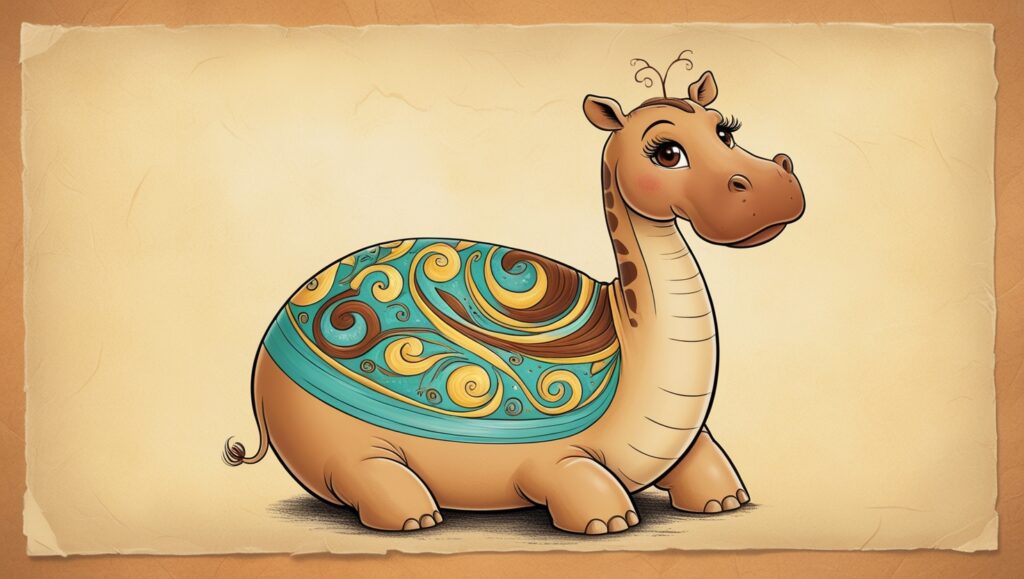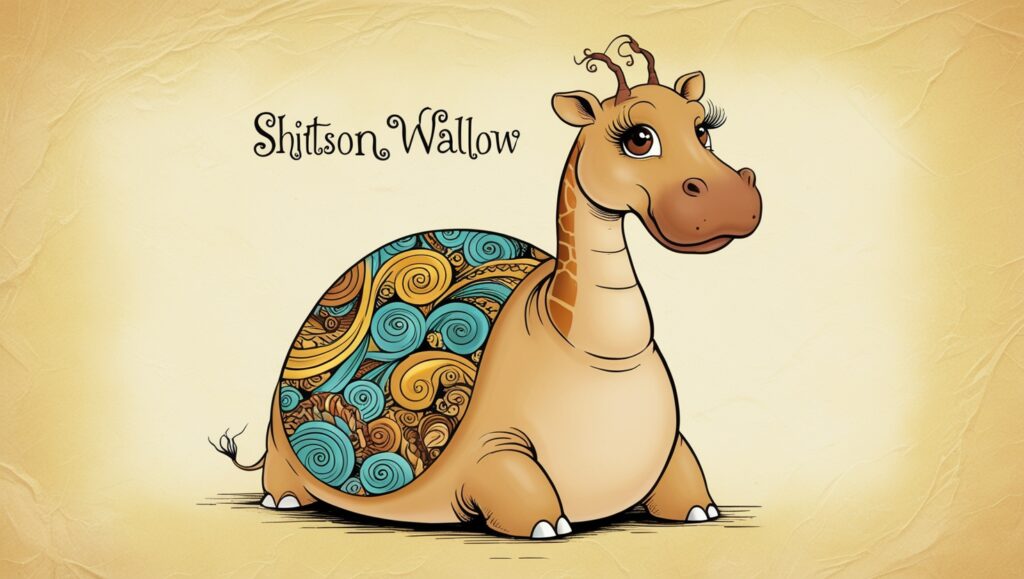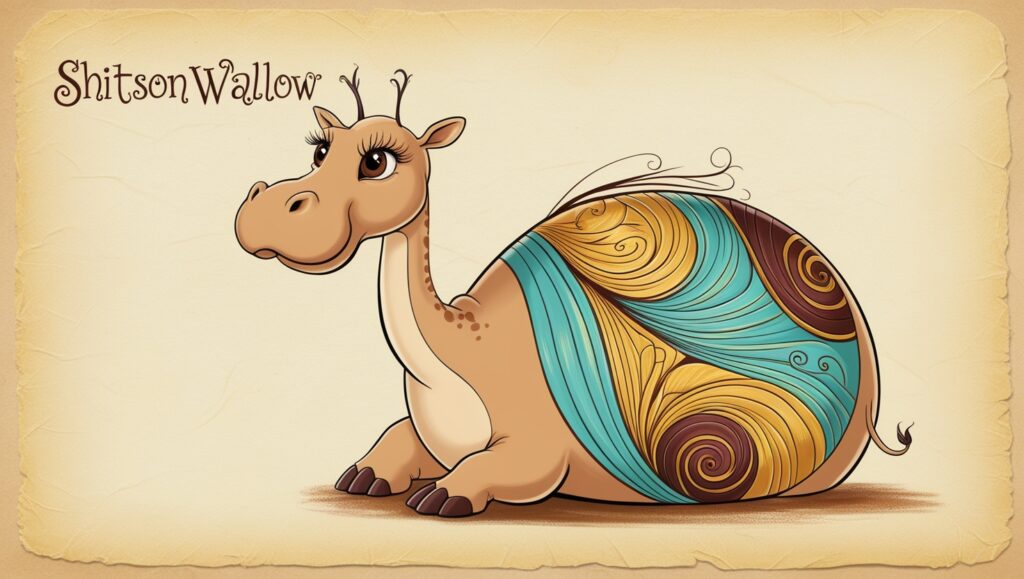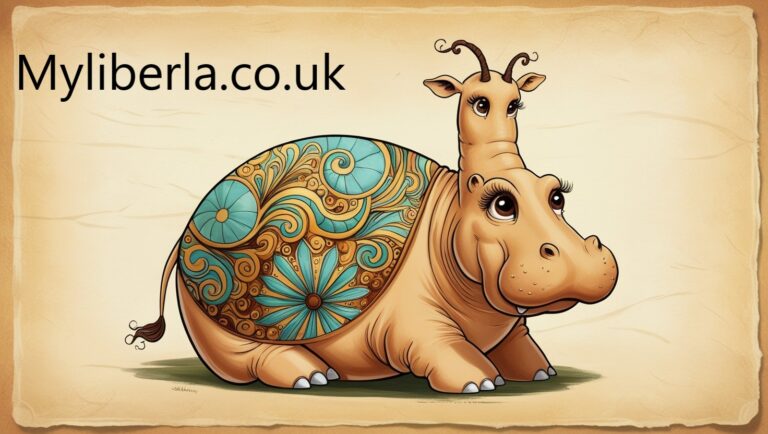In a world brimming with myriad expressions and cultural phenomena, the term “Shitson Wallow” stands out as curious and intriguing. This article delves into this phrase’s origins, meanings, and implications, unraveling its multifaceted nature and exploring its significance in contemporary discussions.
The Origins of Shitson Wallow
Etymology and Cultural Context
To comprehend “Shitson Wallow,” we must first dissect its etymology. The term appears to blend colloquial expressions, drawing on the notion of “Whitson,” which could evoke feelings of being mired in discomfort, and “wallow,” suggesting indulgence in a negative state. This phrase likely stems from cultural and linguistic influences, reflecting societal attitudes toward adversity and emotional expression.
Historical Usage
While “Shitson Wallow” may not have a well-documented historical background, its components have existed in various forms across cultures. The idea of wallowing—often associated with self-pity or excessive emotional expression—can be traced back to literature and folklore. Blending this with a more modern vernacular creates a compelling narrative around the phrase.
The Psychological Implications of Wallowing
Emotional Release or Self-Indulgence?
At its core, the concept of wallowing often raises the question of whether it serves as a necessary emotional release or devolves into self-indulgence. Psychological studies indicate that while expressing emotions is vital for mental health, excessive wallowing can lead to stagnation. Individuals might find themselves trapped in a cycle of negativity, unable to break free from their emotional state.

The Role of Societal Expectations
Society often imposes expectations on how individuals should manage their emotions. The stigma surrounding emotional expression can make people hesitant to share their struggles, leading them to internalize feelings. This internalization may culminate in a “Shitson Wallow” situation, where individuals feel trapped between the need to express their emotions and the fear of societal judgment.
Shitson Wallow in Popular Culture
Literature and Film
The wallowing in despair has long been explored in literature and film. Characters who embody the “Shitson Wallow” trope often undergo significant development, highlighting the transformative power of confronting one’s emotions. Works like The Bell Jar by Sylvia Plath or Eternal Sunshine of the Spotless Mind delve into themes of emotional turmoil, showcasing how characters navigate their internal struggles.
Social Media Influence
In the age of social media, the “Shitson Wallow” phenomenon has gained traction. Platforms like Twitter and Instagram have become outlets for individuals to share their feelings openly. This digital space allows for collective experiences of wallowing, creating a sense of community among those grappling with similar emotions. However, it also raises questions about the authenticity of emotional expression online.
Navigating the Shitson Wallow
Finding Balance
To navigate the “Shitson Wallow,” individuals must balance acknowledging their emotions and avoiding excessive self-pity. Mindfulness practices, such as meditation and journaling, can aid this process. These techniques encourage self-reflection and provide tools for emotional regulation, enabling individuals to express their feelings constructively.

Seeking Support
Engaging with friends, family, or mental health professionals can be instrumental in overcoming the challenges associated with wallowing. Sharing experiences can foster understanding and empathy, reducing feelings of isolation. In many cases, an outside perspective can help individuals gain clarity and find pathways out of their emotional labyrinth.
The Impact of Shitson Wallow on Personal Growth
Embracing Vulnerability
Embracing vulnerability is a crucial step in transforming the “Shitson Wallow” into a platform for growth. Allowing oneself to feel and express discomfort can lead to profound insights. Through vulnerability, individuals often discover their strengths, resilience, and capacity for change.

Learning from Adversity
Adversity can be an influential teacher. When approached with intention, the experience of wallowing can lead to significant personal development. Individuals may find that their struggles reveal new perspectives, encourage more profound connections with others, and inspire a greater appreciation for the positive aspects of life.
Conclusion
“Shitson Wallow” encapsulates a complex interplay between emotional expression and societal expectations. While wallowing can serve as a mechanism for processing pain, it is essential to find ways to navigate this emotional state constructively. By fostering open dialogues about feelings and seeking support, individuals can transform moments of despair into opportunities for growth and understanding.
FAQs
What does “Whitson wallow” mean?
“Shitson wallow” refers to indulging in negative emotions or self-pity, often to the point of stagnation. It captures the struggle between emotional expression and the societal pressure to maintain a positive demeanor.
Is wallowing in emotions consistently negative?
Wallowing can be a double-edged sword. While it can provide necessary emotional release, excessive wallowing may lead to stagnation and hinder personal growth. Striking a balance is critical.
How can I manage feelings of wallowing?
Practices such as mindfulness, journaling, and seeking support from friends or professionals can help manage feelings of wallowing. Engaging in constructive self-reflection can also foster emotional resilience.
Can wallowing lead to personal growth?
Yes, when approached intentionally, wallowing can lead to significant personal development. Embracing vulnerability and learning from adversity often reveal new strengths and insights.
Why is there a stigma around expressing negative emotions?
Society often promotes maintaining a cheerful facade, leading to the stigma surrounding emotional expression. This pressure can cause individuals to internalize their feelings, resulting in a cycle of unprocessed emotions.


